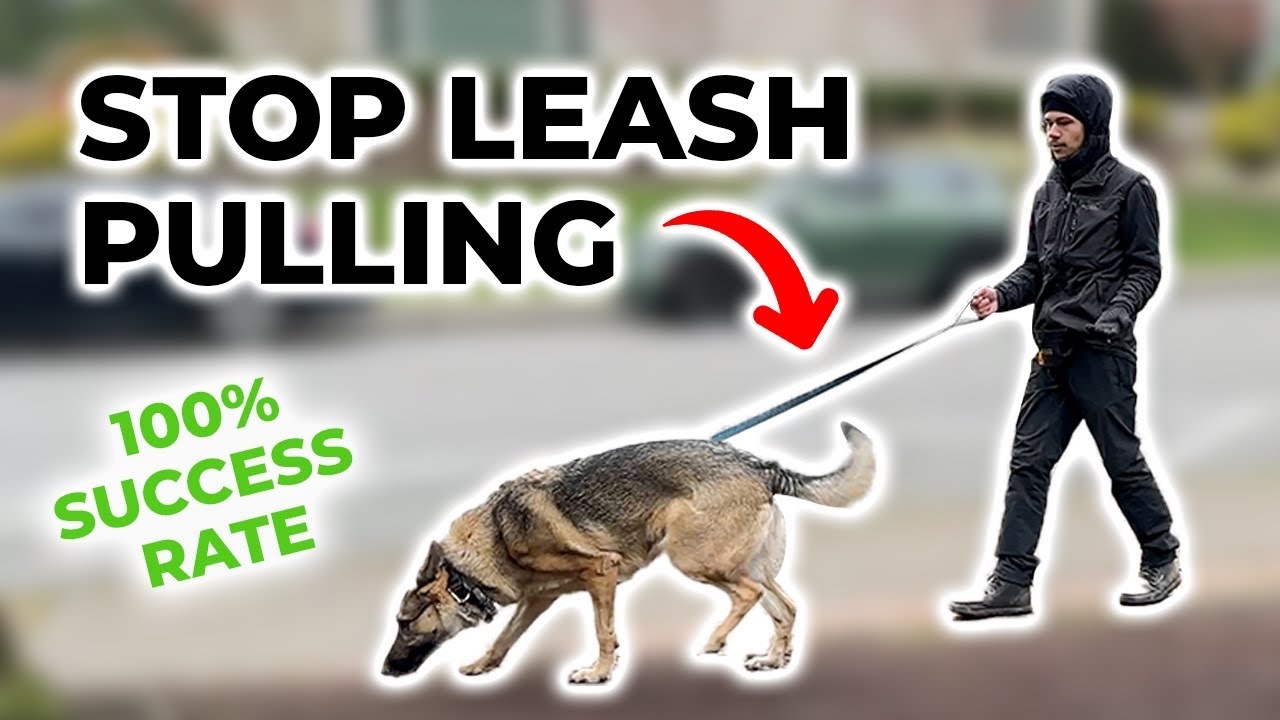The Easiest Way to Stop Leash Pulling
When looking to address leash pulling, it is essential to find effective and humane solutions that benefit both the dog and the owner. In this blog post, the focus will be on exploring the simplest methods to curb leash pulling behavior in dogs, providing practical tips and guidance for a more enjoyable walking experience.
The Easiest Way to Stop Leash Pulling: A Review of Hamilton Dog Training Video
Introduction
Hamilton Dog Training has developed a revolutionary video showcasing a loose leash walking system that boasts a 100% success rate after training over 350 dogs. The video emphasizes a straightforward approach: making pulling bad and not pulling good to effectively train dogs. This review will delve into the key aspects of this training system to help you understand how to put an end to leash pulling hassles once and for all.
The Basics of the Training System
- Simple and Effective Approach
- Recommended for Dogs Over 6 Months Old
- Focuses on Loose Leash Walking, Not Heeling
Supplies Needed for Training
- Nylon Leash
- Treats
- Herm Sprenger Prong Collar (for most dogs)
- Positive Attitude
- Open Mind
Key Training Steps
- Loading the Reward Marker
- Conditioning the Prong Collar
- Starting with U-Turns in Loose Leash Walking
Proper Use of the Prong Collar
- Provides Leverage Without Risking Injury
- Should Fit Snugly High on Dog’s Neck
Training Phases
- Sporadic Walking
- Punishing Pulling
- Maintaining Training to Address Common Mistakes
Conclusion
In conclusion, the Hamilton Dog Training video offers a practical and highly successful method to address leash pulling in dogs. By following the steps outlined in the video, owners can expect significant improvements in their dog’s behavior. Remember to prioritize fair treatment and seek professional assistance if needed to ensure the best outcome for you and your furry companion.
FAQs
- Can this training system be used for dogs of all sizes and breeds?
- How long does it usually take to see improvements in a dog’s leash walking behavior?
- Is it necessary to use a prong collar for this training method to be effective?
- What should I do if my dog shows resistance or fear during the training process?
- Are there any age restrictions for implementing this loose leash walking system on a dog?






